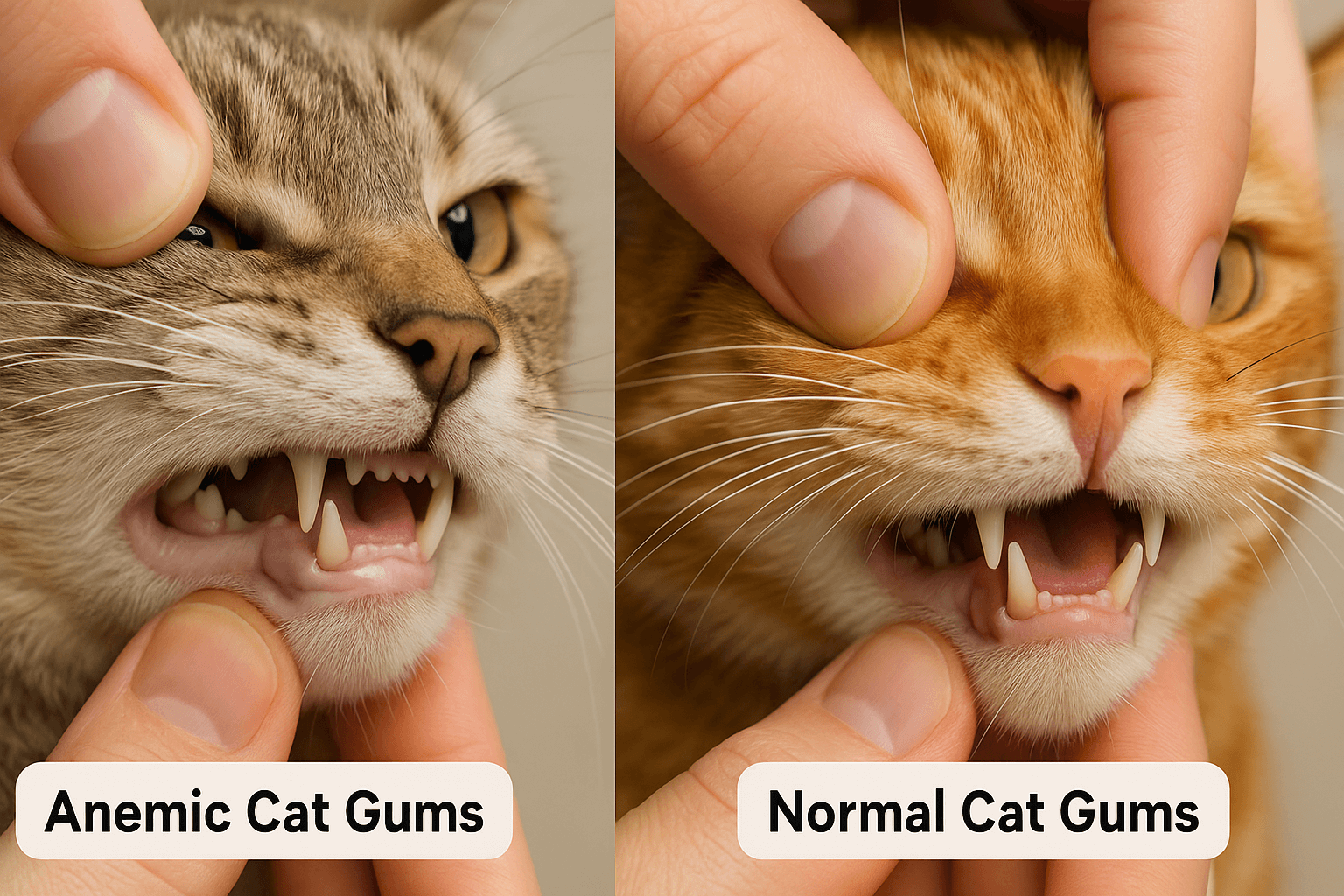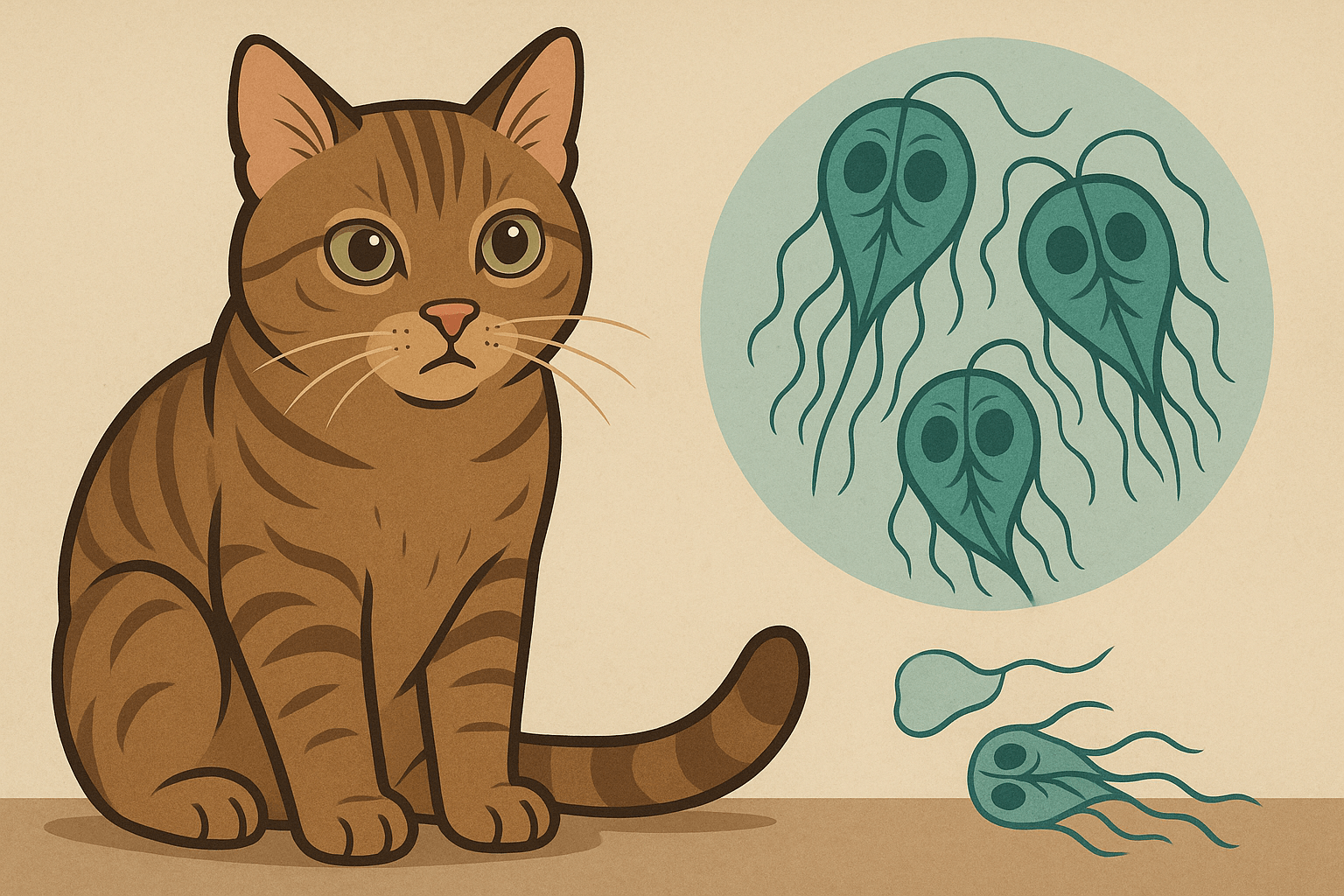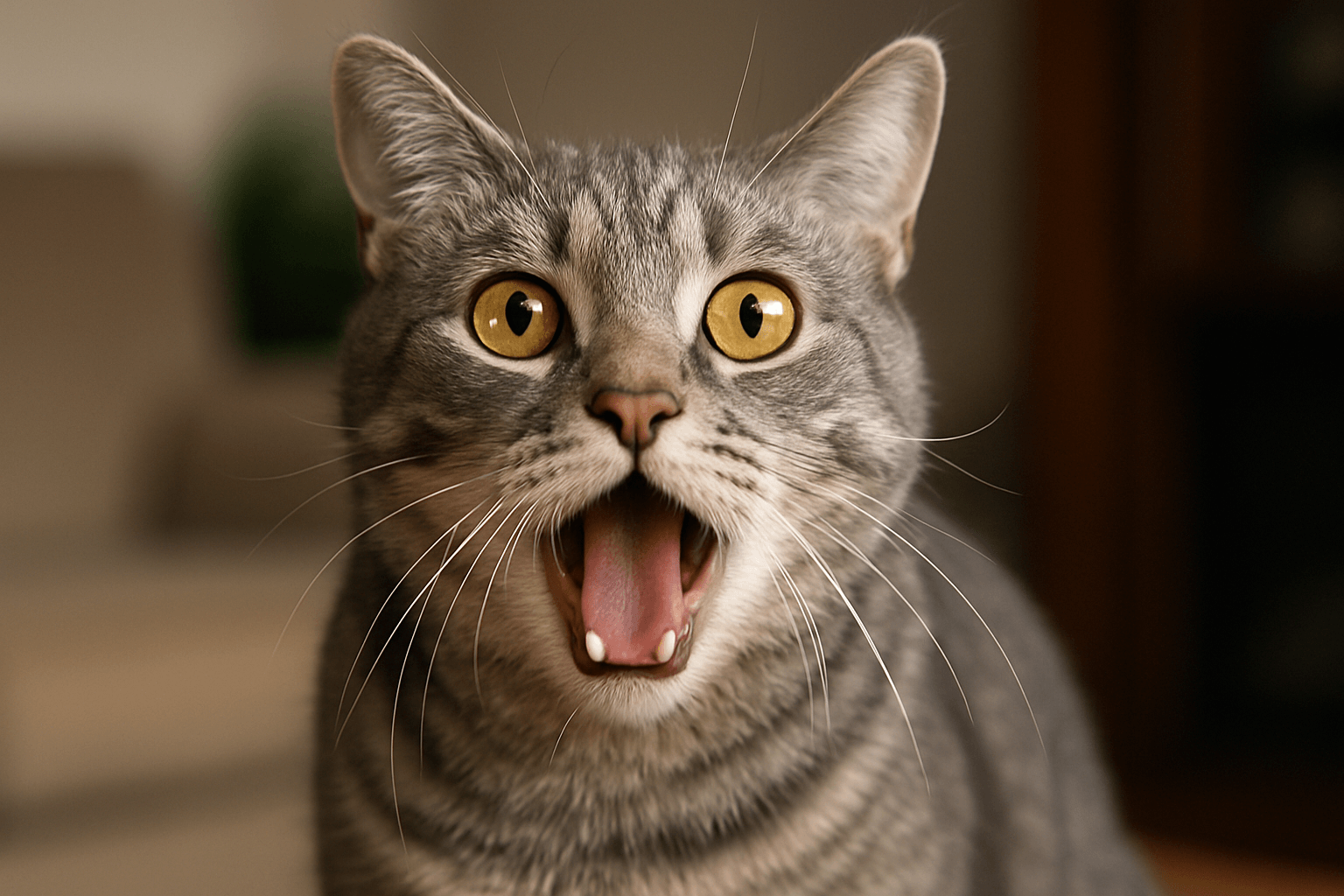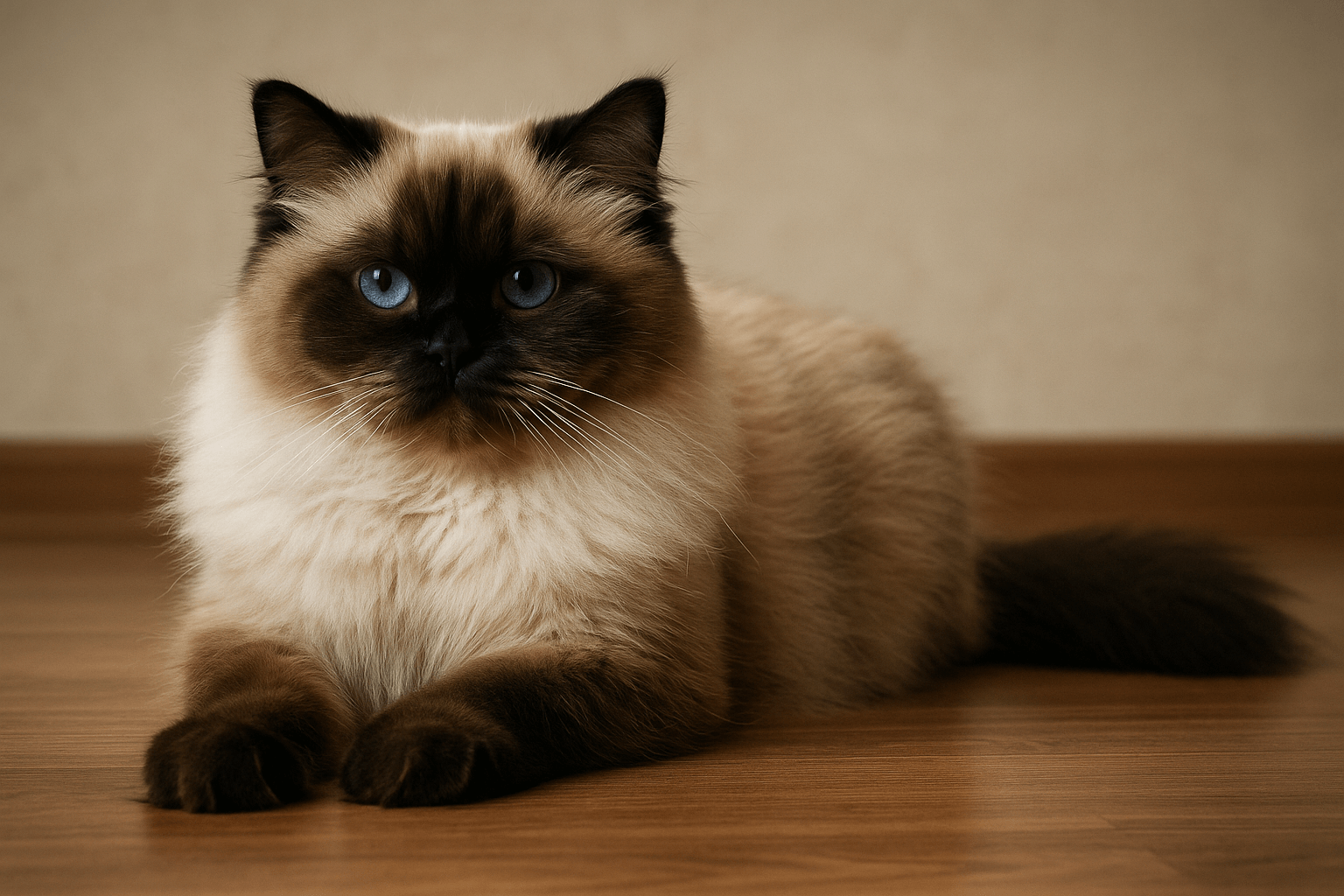Anemic Cat Gums vs Normal: What Every Cat Owner Should Know
A cat’s gums can reveal a lot about their overall health, serving as an early warning system for potential issues like anemia. While healthy gums are typically pink and moist, changes in color, texture, or appearance may indicate underlying problems that require attention. Understanding the difference between anemic cat gums and normal gums is crucial for identifying signs of illness and ensuring your feline friend receives timely care. In this guide, we’ll explore how to recognize healthy gums, spot the signs of anemia, and take proactive steps to protect your cat’s well-being.
What Do Healthy Cat Gums Look Like?
Healthy gums are a key indicator of your cat’s overall health. Knowing what to look for can help you monitor their condition and catch any abnormalities early.
Pink Coloration:
Normal cat gums should have a light pink hue, similar to the color of bubblegum. This indicates good blood circulation and oxygen levels.Moist Texture:
Healthy gums feel slightly moist to the touch, reflecting proper hydration and saliva production.Smooth Surface:
There should be no bumps, lesions, or rough patches on the gums, as these could signal infections or other issues.Capillary Refill Time (CRT):
Press gently on the gum with your finger—if it turns white and returns to pink within 1-2 seconds, your cat’s circulation is likely healthy.No Bad Breath:
Foul-smelling breath accompanied by discolored gums may indicate dental disease or systemic health problems.
By familiarizing yourself with these characteristics, you can quickly identify when something seems off and seek veterinary advice promptly.
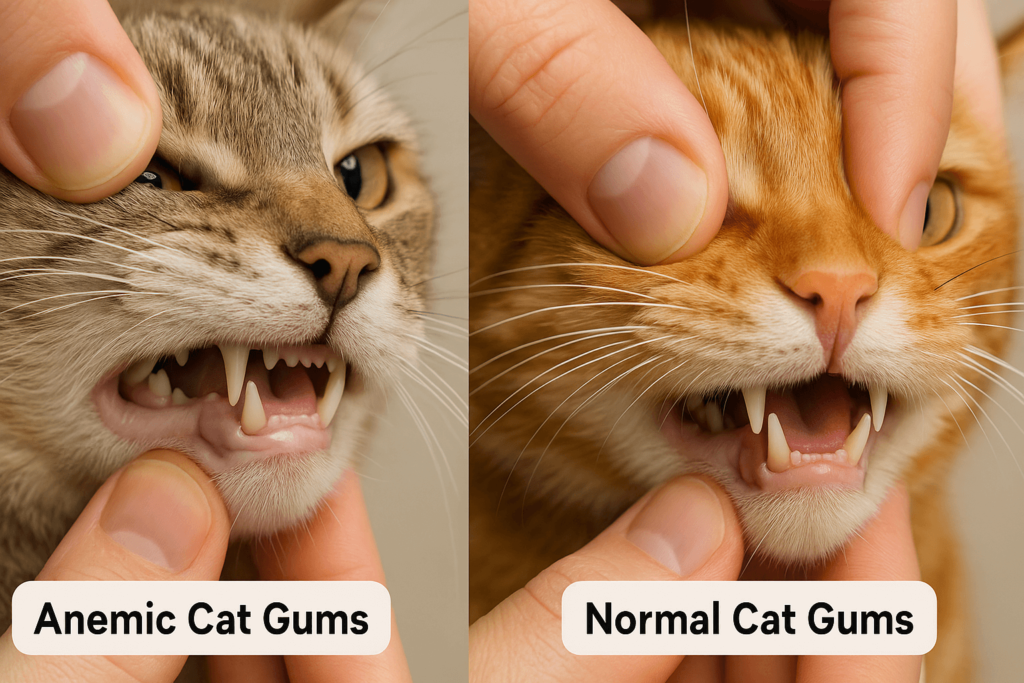
Signs of Anemia in Cat Gums
Anemia occurs when there is a reduced number of red blood cells or hemoglobin in your cat’s body, leading to noticeable changes in their gums. Recognizing these signs early can make a significant difference in treatment outcomes.
Pale or White Gums:
One of the most common indicators of anemia, pale or white gums suggest poor oxygen delivery to tissues.Bluish Tinge (Cyanosis):
Bluish gums may indicate low oxygen levels in the blood, often caused by respiratory or cardiovascular issues.Yellowing (Jaundice):
Yellow gums can point to liver disease or conditions affecting red blood cell breakdown, such as hemolytic anemia.Dry or Sticky Gums:
Dehydration is frequently associated with anemia, so dry or sticky gums may accompany pale coloration.Slow Capillary Refill Time:
If the gums take longer than 2 seconds to regain their pink color after pressure, it could signify poor circulation linked to anemia.
These symptoms highlight the importance of regular check-ups and vigilant observation to ensure your cat remains healthy.
Check this guide 👉Pale Cat Gums: Best 7 Expert Tips!
Check this guide 👉Healthy Cat Gums: Best 7 Health Tips!
Check this guide 👉Red Gums in Cats: Best 7 Health Tips!
Characteristics of Normal Gums | Signs of Anemic Gums |
|---|---|
Light pink color | Pale, white, or bluish gums |
Moist and hydrated texture | Dry or sticky gums |
Smooth surface without lesions | Presence of ulcers or discoloration |
Quick capillary refill time (<2 sec) | Slow capillary refill time (>2 sec) |
No bad breath | Foul odor accompanying gum changes |
Common Causes of Anemia in Cats
Anemia in cats can result from various underlying conditions, each requiring specific diagnosis and treatment. Understanding the root causes can help you address the problem effectively.
Blood Loss:
Trauma, injuries, or internal bleeding due to parasites like fleas or ticks can lead to anemia.Chronic Diseases:
Conditions such as kidney disease, cancer, or diabetes can interfere with red blood cell production.Nutritional Deficiencies:
A lack of essential nutrients like iron, vitamin B12, or folate can impair bone marrow function.Infections:
Viral infections like feline leukemia virus (FeLV) or feline immunodeficiency virus (FIV) can suppress the immune system and cause anemia.Autoimmune Disorders:
In rare cases, a cat’s immune system may attack its own red blood cells, leading to hemolytic anemia.
Identifying the cause of anemia is critical for determining the appropriate course of action and restoring your cat’s health.
How to Prevent Anemia in Cats
Prevention plays a vital role in maintaining your cat’s gum health and preventing anemia. These proactive measures can reduce the risk of developing this condition.
Regular Veterinary Check-Ups:
Schedule annual wellness exams to monitor your cat’s overall health and detect early signs of anemia.Balanced Diet:
Feed your cat high-quality food rich in essential nutrients to support red blood cell production and overall vitality.Parasite Control:
Use flea and tick prevention products to avoid blood loss caused by parasitic infestations.Hydration:
Ensure your cat has access to fresh water at all times to prevent dehydration, which can exacerbate anemia symptoms.Monitor Behavior Changes:
Pay attention to lethargy, weakness, or loss of appetite, as these could indicate underlying health issues.
Taking these preventive steps can significantly lower the chances of your cat developing anemia and maintain their long-term well-being.
Additional Symptoms of Anemia in Cats
While gum color is a primary indicator of anemia, other symptoms can also signal this condition. Being aware of these additional signs helps paint a clearer picture of your cat’s health.
Lethargy and Weakness:
Cats with anemia often lack energy and may spend more time sleeping than usual.Rapid Breathing:
Increased respiratory rate can occur as the body tries to compensate for low oxygen levels.Weight Loss:
Unexplained weight loss may accompany anemia, especially if related to chronic diseases.Reduced Appetite:
Cats with anemia may lose interest in food, leading to further nutritional deficiencies.Behavioral Changes:
Irritability, withdrawal, or unusual aggression can indicate discomfort or pain associated with anemia.
Recognizing these broader symptoms ensures a comprehensive approach to diagnosing and addressing anemia in cats.
Foods That Support Healthy Gums and Blood Production
Diet plays a crucial role in maintaining your cat’s gum health and preventing anemia. Incorporating nutrient-rich foods can bolster their immune system and promote red blood cell production.
Iron-Rich Ingredients:
Include meats like beef, chicken, or turkey, which are excellent sources of iron for cats.Omega-3 Fatty Acids:
Fish oils or supplements can reduce inflammation and improve gum health over time.Vitamin B12 Supplements:
Available through injections or fortified diets, B12 supports red blood cell formation.Antioxidant-Rich Foods:
Blueberries or cranberries added to meals can combat oxidative stress and boost immunity.High-Quality Protein Sources:
Adequate protein intake is essential for tissue repair and overall metabolic function.
A balanced diet tailored to your cat’s needs lays the foundation for optimal gum health and prevents anemia-related complications.
When to Seek Emergency Veterinary Care
Some situations involving your cat’s gums require immediate attention to prevent severe consequences. Knowing when to act quickly can save your cat’s life.
Severely Pale or White Gums:
This indicates acute blood loss or severe anemia and demands urgent veterinary intervention.Difficulty Breathing:
Labored breathing alongside pale gums suggests critical oxygen deprivation.Uncontrolled Bleeding:
Any visible external bleeding or suspected internal hemorrhage requires emergency care.Collapse or Seizures:
Sudden collapse or neurological symptoms paired with abnormal gums point to a life-threatening condition.Jaundice Accompanied by Vomiting:
Yellow gums combined with vomiting or diarrhea may signal advanced liver failure.
Acting decisively in emergencies ensures your cat receives the care they need to recover fully and thrive.
Frequently Asked Questions About Anemic Cat Gums vs. Normal
Can stress cause pale gums in cats?
Yes, extreme stress can temporarily affect circulation, but persistent paleness requires veterinary evaluation.
Is anemia in cats treatable?
Treatment depends on the underlying cause but often includes medications, dietary adjustments, or blood transfusions.
How do I check my cat’s gums safely?
Gently lift your cat’s lip and press lightly on the gum with your finger to assess color and capillary refill time.
What should I do if I notice yellow gums?
Yellow gums may indicate jaundice or liver issues—consult your vet immediately for further testing.
Are certain breeds more prone to anemia?
While any breed can develop anemia, purebred cats may have a higher risk of genetic disorders contributing to the condition.
Staying Vigilant for Your Cat’s Gum Health
Your cat’s gums are a window into their overall health, offering valuable clues about their well-being. By learning to distinguish between normal and anemic gums, you can play an active role in safeguarding their health and happiness. Regular monitoring, prompt veterinary care, and preventive measures are essential for keeping your feline companion thriving. Remember, even small changes in gum appearance warrant attention—your vigilance could save your cat’s life.
Giardia in Cats: Best 7 Expert Tips! Discover expert advice on identifying, treating, and preventing giardia in cats to ensure your feline stays happy and healthy.
Cat Hyperventilating: Best 7 Expert Tips! Discover signs, causes, and solutions for cat hyperventilation. Learn how to calm your cat and when to seek veterinary care for their breathing issues.
Anemic Cat Gums vs Normal: Best 7 Expert Tips! Learn to spot signs of anemia in cats, understand gum health, and ensure your feline stays happy and healthy with expert advice.
Himalayan Cat Size: Best 7 Expert Tips! Discover expert advice on Himalayan cat size, growth factors, care tips, and how to ensure your feline stays healthy and happy.

